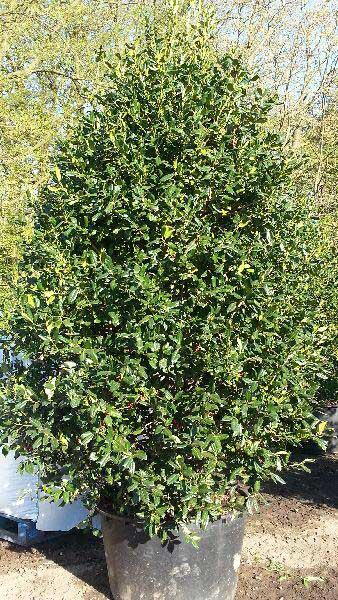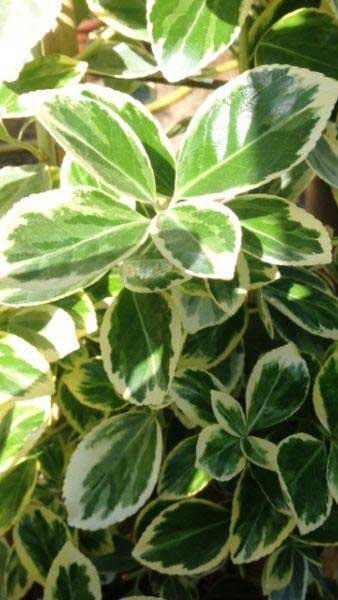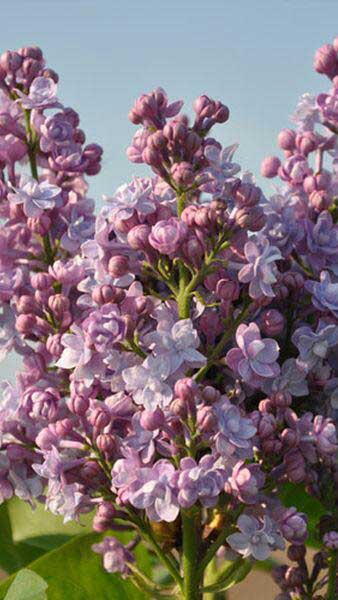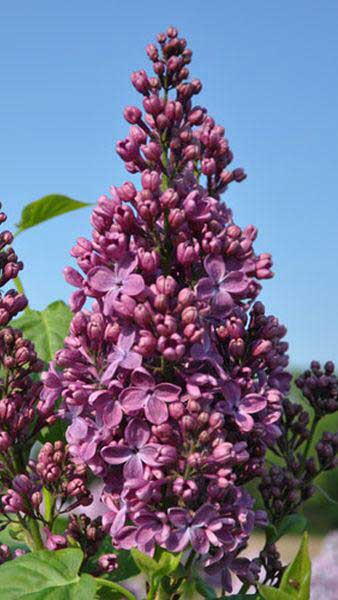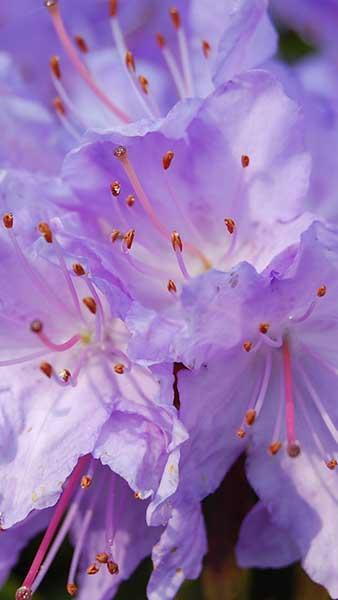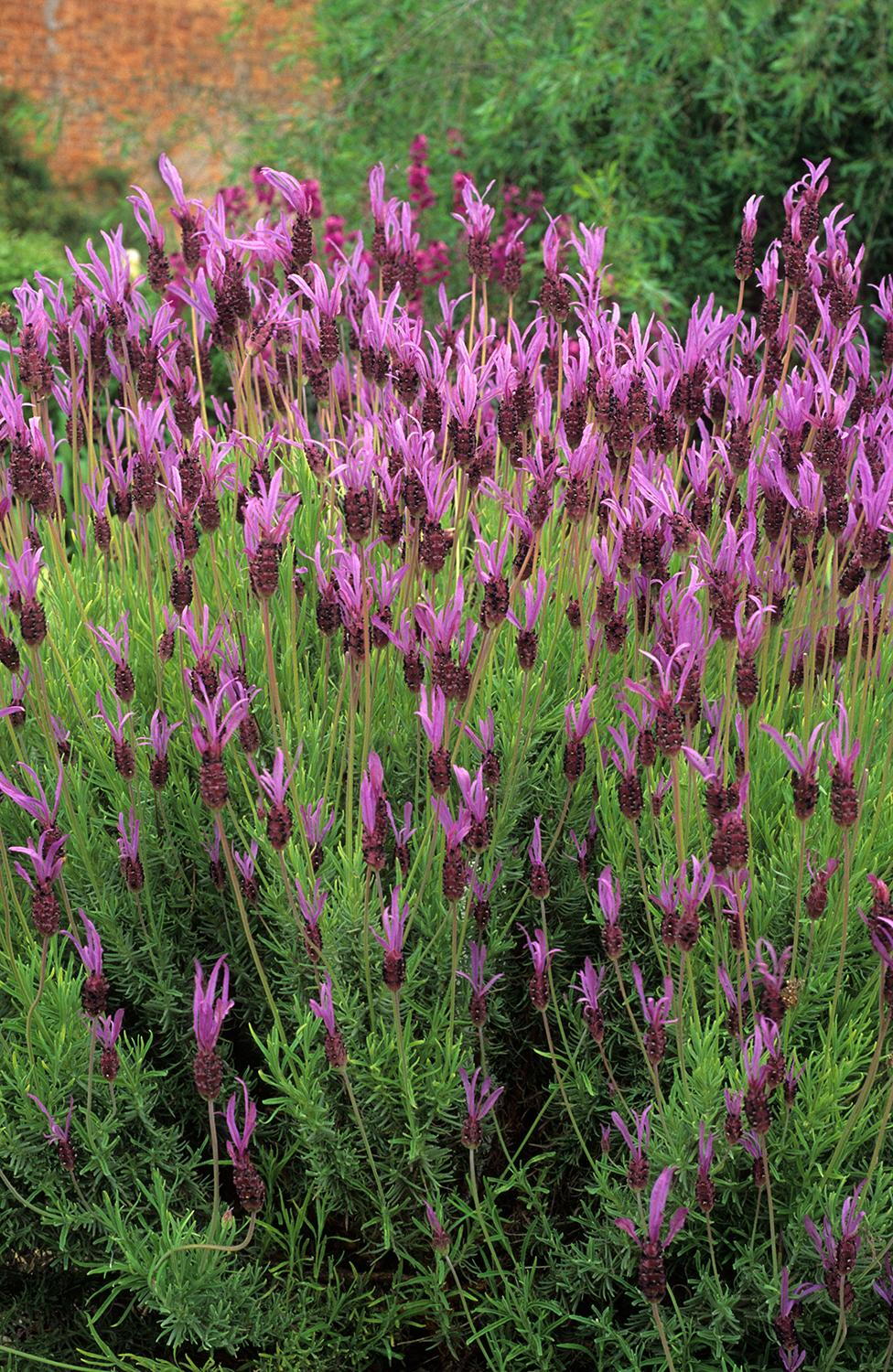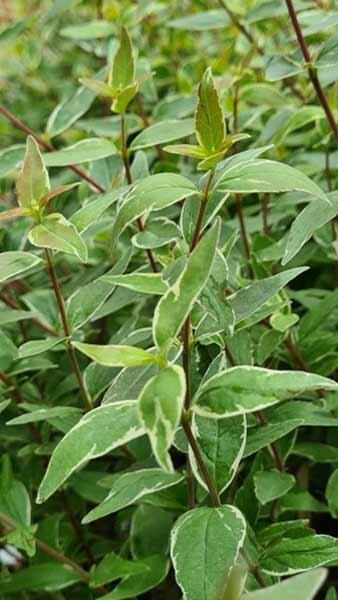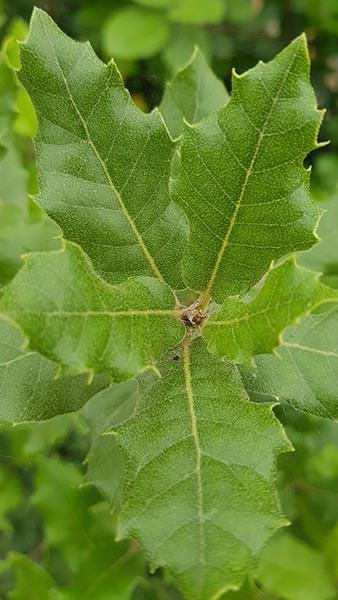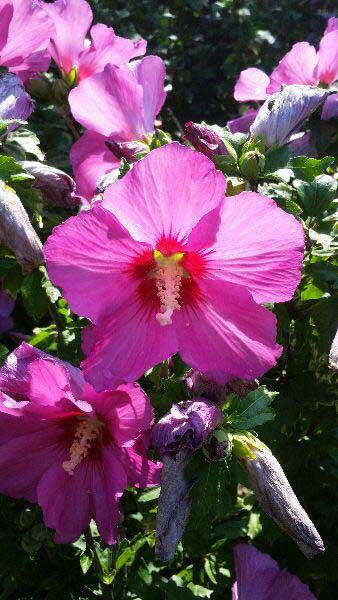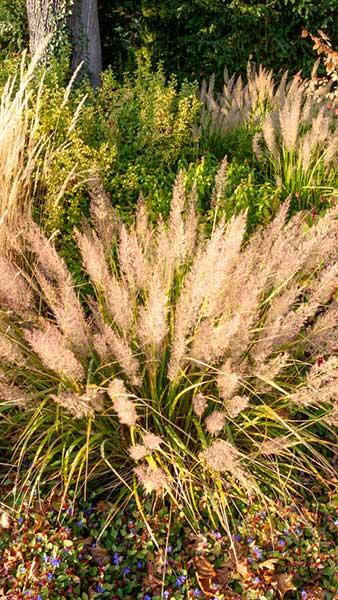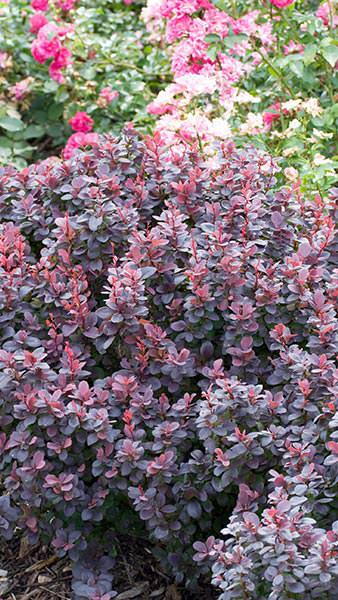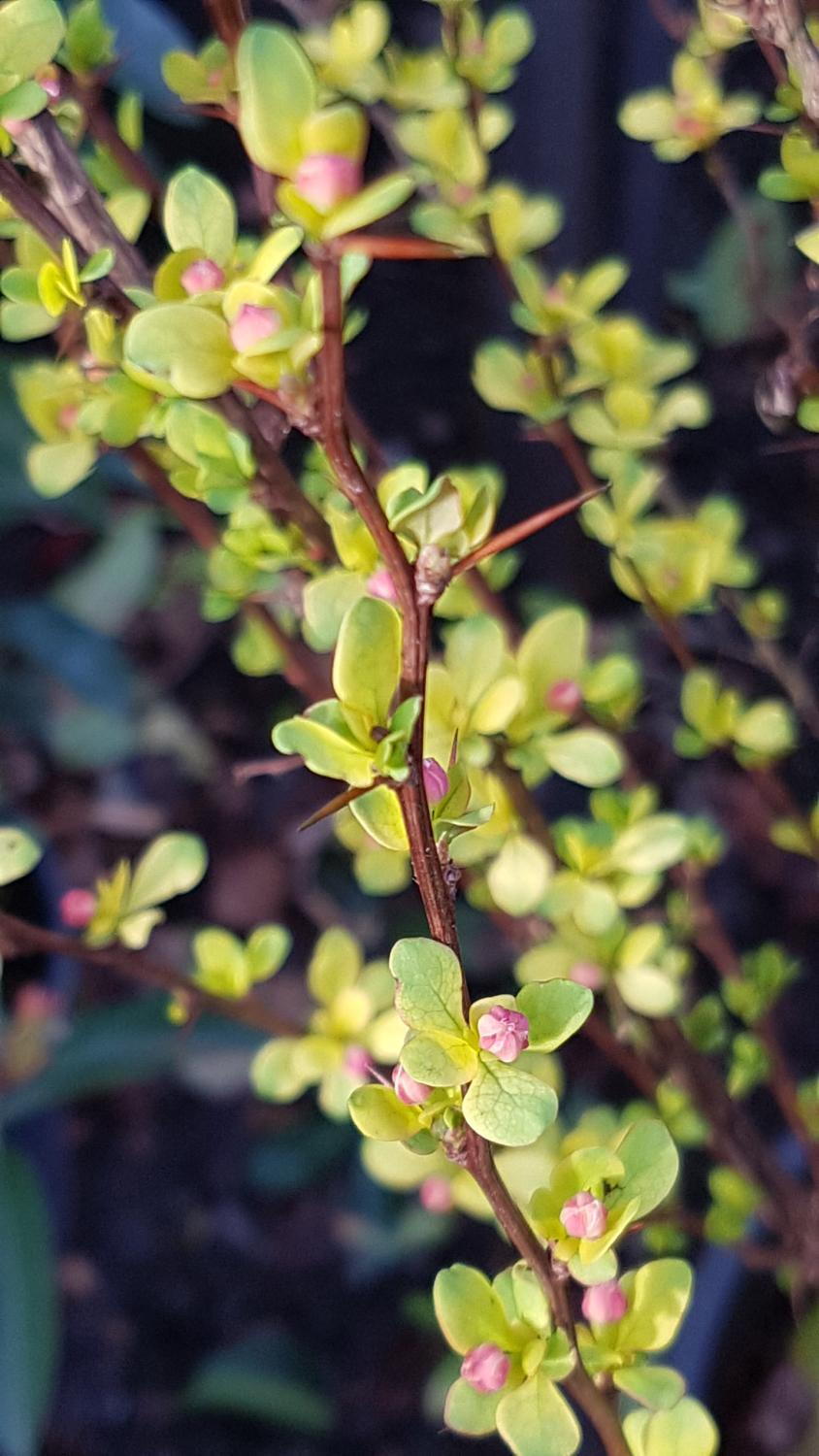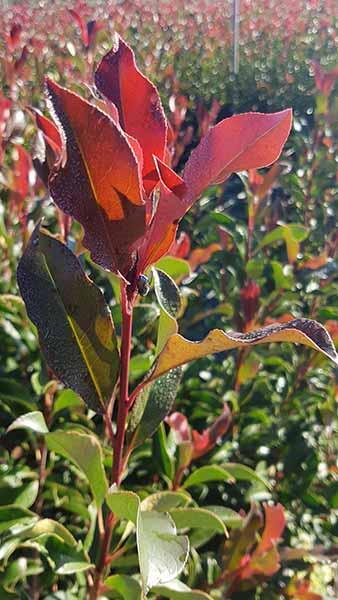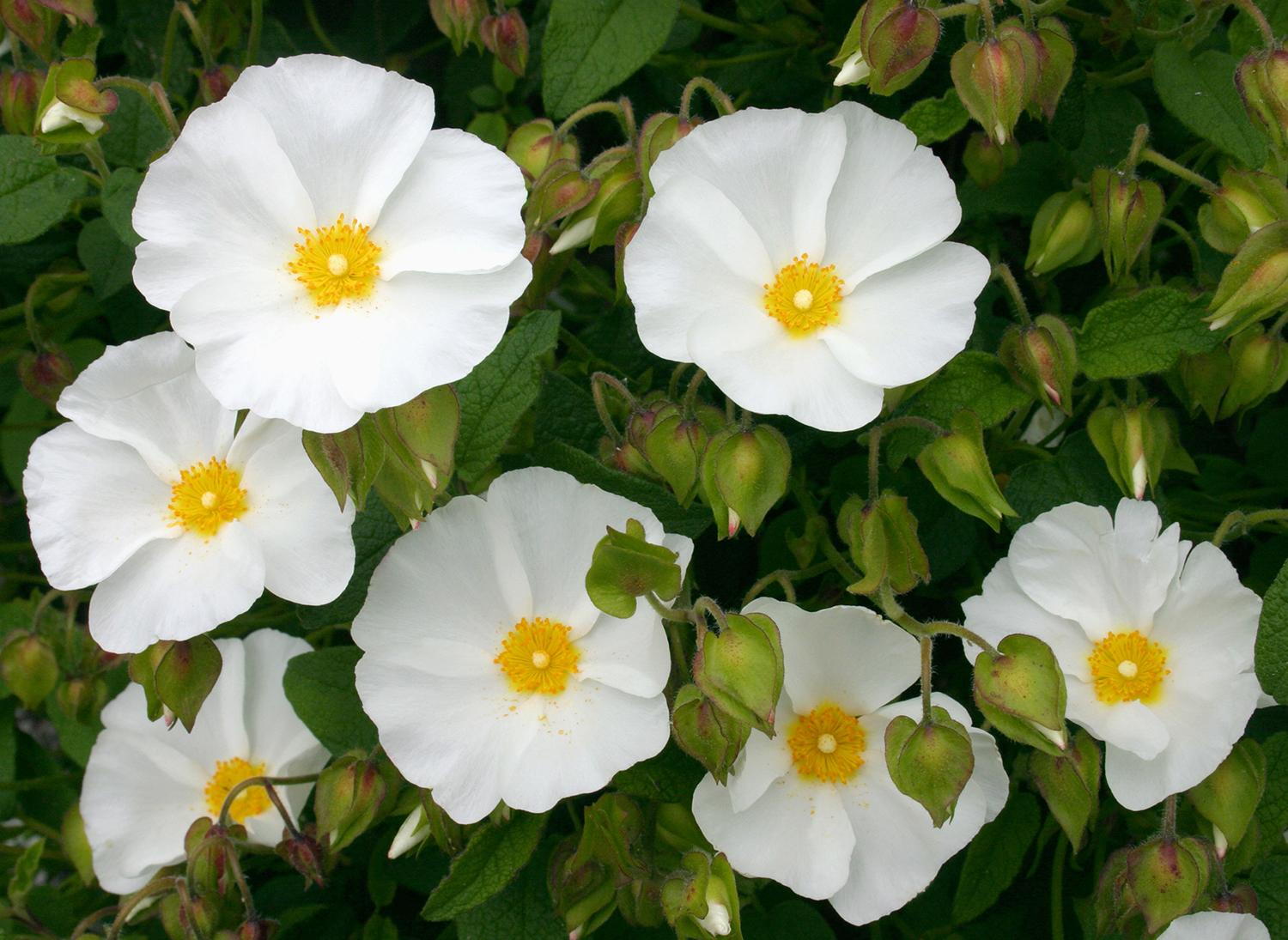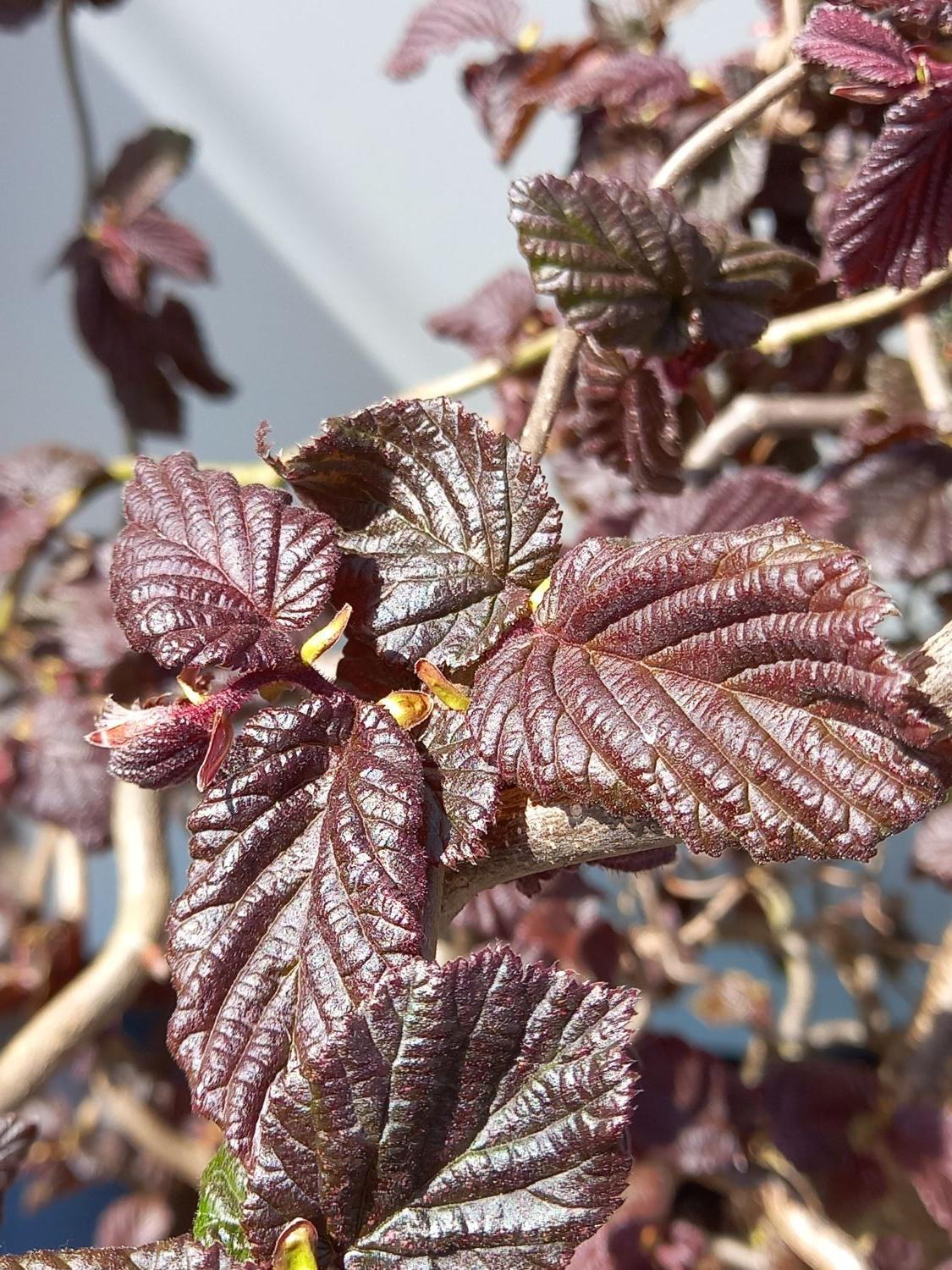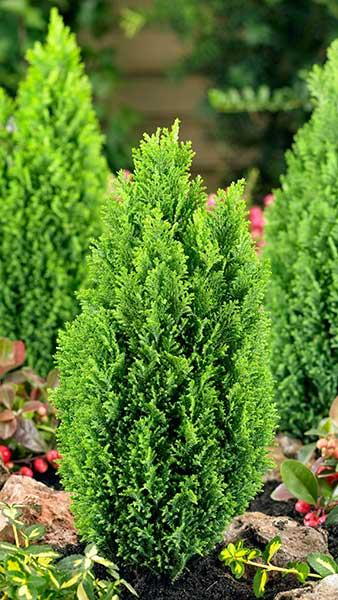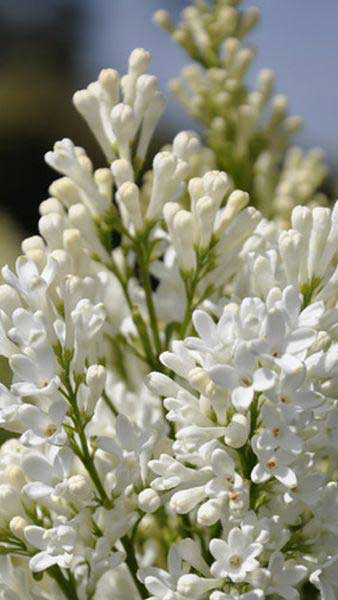Chamaecyparis Lawsoniana Ellwoods Gold Lawsons Cypress
Chamaecyparis Lawsoniana Ellwood’s Gold or Lawson’s Cypress Ellwood’s GoldThe conifer family Chamaecyparis Lawsoniana is native to the Western USA, and as such, it naturally occurs in areas starting from the coast all the way up to 2,000 metres of altitude. As a result, these evergreen conifers are naturally resilient and adaptive, which, combined with their ornamental appearance, makes them a popular choice. This cypress family was introduced to the UK in 1850, when the seeds of these conifers were sent to a nurseryman Peter Lawson in Scotland, hence the name Lawson’s Cypress. Today, there are over 450 unique varieties in this conifer family, each with distinct features.One of the more popular Lawson’s Cypress cultivars is certainly the eye-catching Chamaecyparis Lawsoniana Ellwood’s Gold, a slow-growing conifer with golden yellow juvenile foliage. The foliage is buttery gold in the spring and summer, and fades to light greyish green in the autumn, ensuring year-round interest in the garden. Originated as a sport of Chamaecyparis Lawsoniana Ellwoodii in 1906, this conifer similarly has a neat conical habit. Lawson’s Cypress Ellwood’s Gold won the prestigious Award of Garden Merit (AGM) by the Royal Horticultural Society, a sure sign of this conifer’s exceptional performance in UK gardens.Height and Spread of Chamaecyparis Lawsoniana Ellwood’s GoldSlow-growing and compact, Lawson’s Cypress Ellwood’s Gold will grow to be 1.5 metres high and 60 centimetres wide in a period of 10 years. Ultimately, it can reach a maximum size of 4 metres.How Hardy is Chamaecyparis Lawsoniana Ellwood’s Gold?Not unlike its relatives, Lawson’s Cypress Ellwood’s Gold is quite tough: this conifer is fully hardy in the United Kingdom and Northern Europe, so it will not be bothered by subzero temperatures or harsh winds. In fact, its resilience makes it ideally suited for coastal conditions and exposed sites.How To Use Chamaecyparis Lawsoniana Ellwood’s GoldLawson’s Cypress Ellwood’s Gold brings year-round interest to the garden and does not need much to thrive. It will easily adapt to most garden conditions. A great choice for rock gardens, or as a specimen plant for a lawn, it will stand out for its vibrant foliage and neat columnar habit. Alternatively, Lawson’s Cypress Ellwood’s Gold can be a good choice for hedging thanks to its dense evergreen foliage, if you do not mind its slow-growing habit.How To Care For Chamaecyparis Lawsoniana Ellwood’s GoldThis conifer is quite undemanding and will do well in most soils as long as they are moist but well-drained. Ideally, the soil would be slightly acidic although Lawson’s Cypress Ellwood’s Gold will tolerate chalk soils as well. When planting, choose a sunny location in the garden, either sheltered or exposed.


